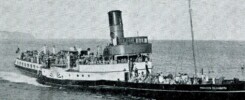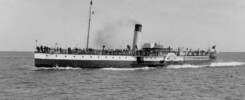
On Tuesday 17th July 1900 Balmoral ran her inaugural cruise for directors, shareholders and other invited guests from Southampton having arrived from her Clyde builders fresh and sparkling three days earlier.
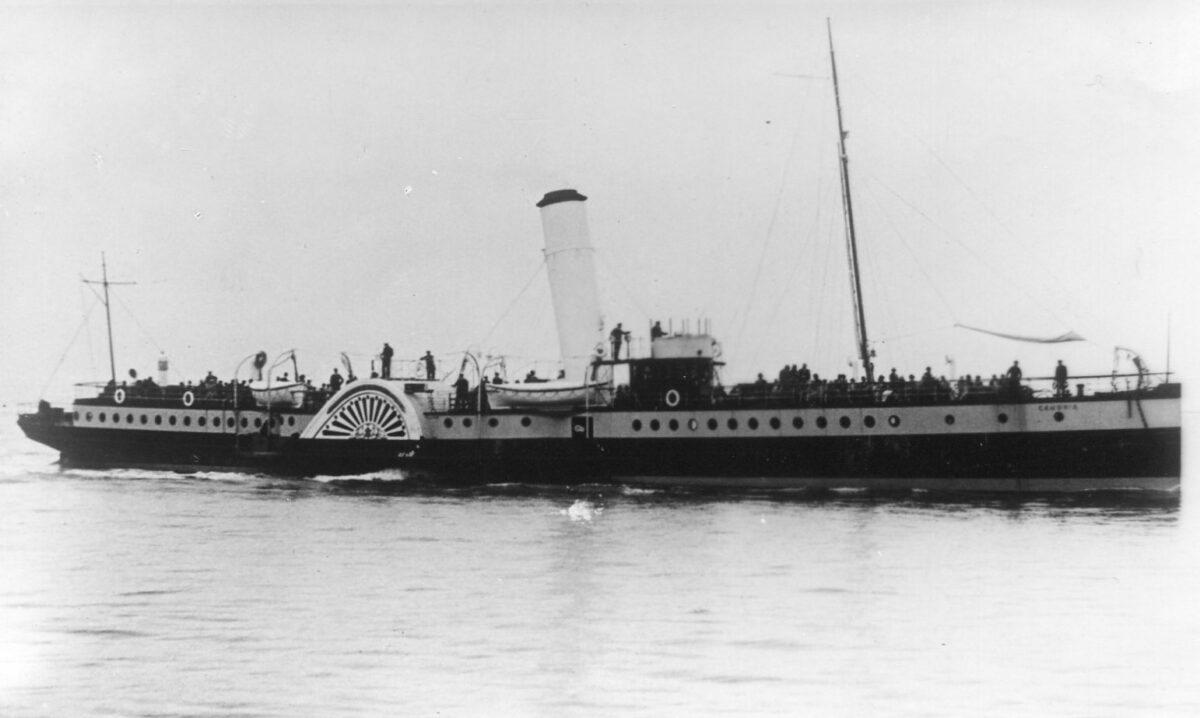
In 1898 P & A Campbell had decided to take on the paddle steamers of the Southampton Company (later Red Funnel) and Cosens and give them a run for their money. They opened an office in Southampton and stationed their Cambria in the area to compete directly with them. Cambria was larger, faster, more modern and generally fitted out to a higher standard than any other paddle steamer in the area.
This put the wind up the Southampton Company and Cosens but to balance that Cambria’s size made her harder to fill, more expensive to operate and altogether less suitable for the short and local excursion trades which were good money spinners. However, she represented a threat and both the Southampton Company and Cosens rose to the challenge.
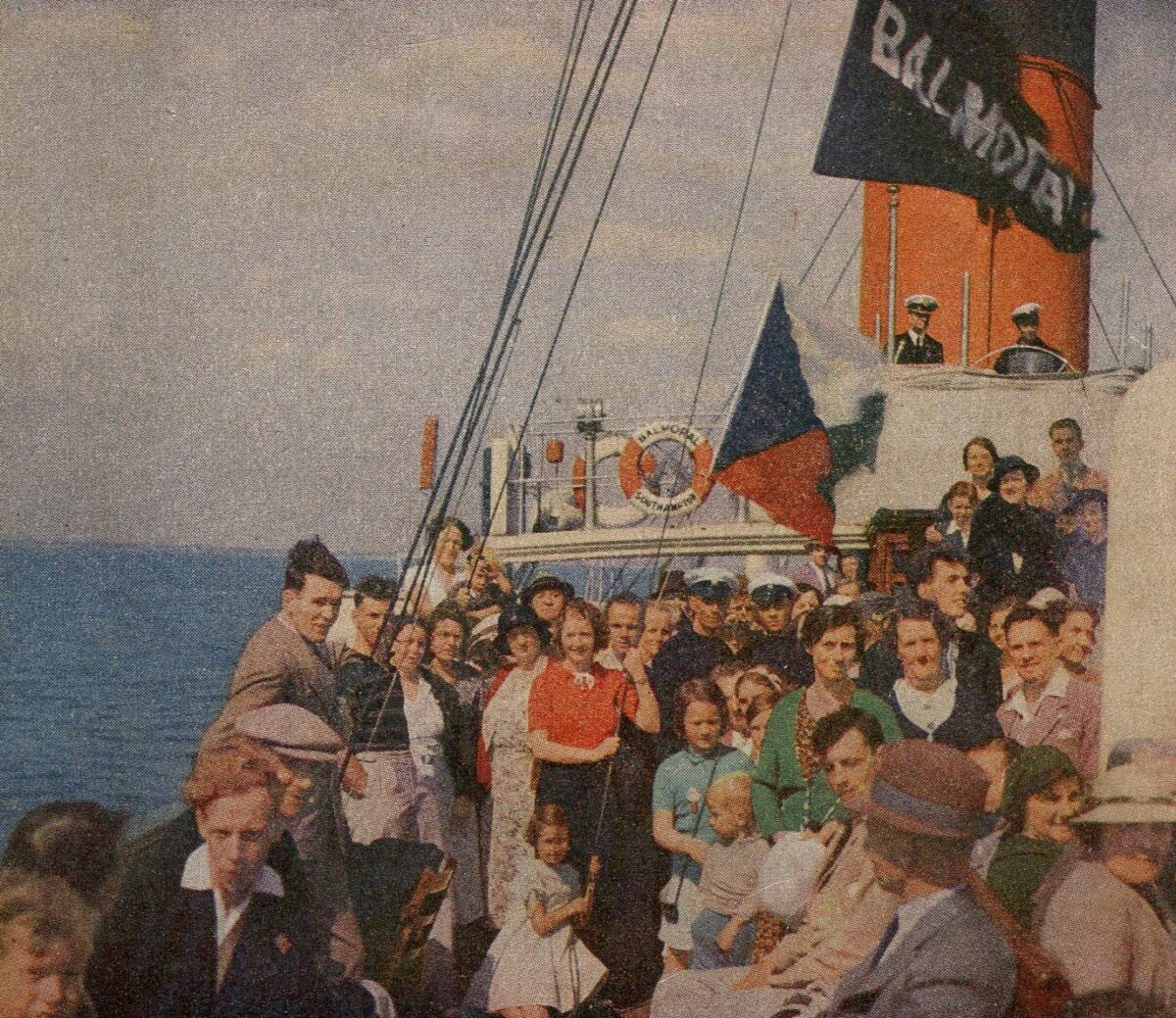
Balmoral was ordered in 1899 and was designed to be 11ft longer than Cambria and to have a service speed of no less than 20 knots. E C B Thornton, who sailed on her often, described her in his excellent book “South Coast Pleasure Steamers” published in 1962 by Stevenson & Sons. “The thrust of her big two cylinder engine caused her passengers to sway to and fro. A trip on her was an exhilarating experience and designed to blow the cobwebs away. She had a full length and full width promenade deck with a spacious saloon aft and a dining saloon below that. She had one funnel whose white paint was apt to get rather brown with the heat and very smoke stained at the top.”
The Southampton Company put her on long day trips to Brighton in the east, to Bournemouth, Swanage, Weymouth and sometimes Torquay in the west and across the Channel to Cherbourg. She was at least the equal of Cambria and some said that she bettered her.
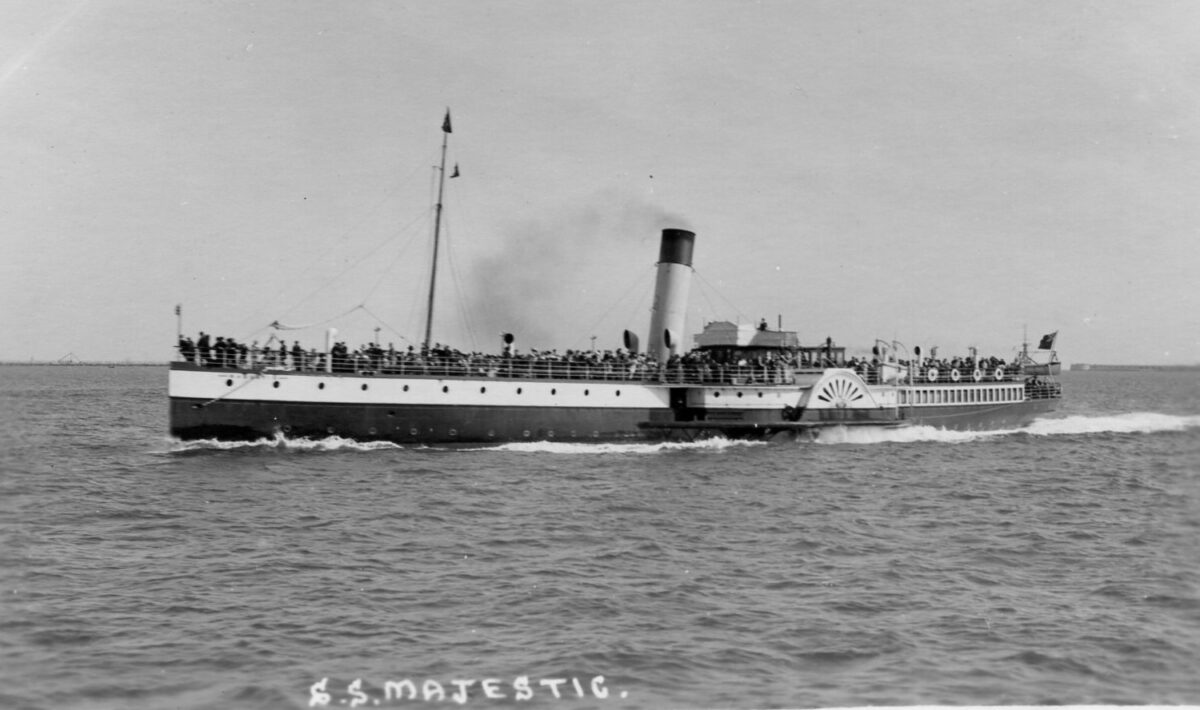
Cosens responded by building their Majestic in 1901. She was slightly smaller but was still built to be fast and to cross the Channel as well.
Fierce competition continued until the end of the 1902 season after which P & A Campbell upped sticks and moved away to muscle in on the business of operating paddle steamers on the Sussex Coast instead.
On the one hand this was clearly a good thing for both the Southampton Company and Cosens. However on the other it meant that they were now lumbered with two steamers which were really too big and expensive to operate for the long distance excursion market which formed a relatively small percentage of their overall paddle steamer portfolio.
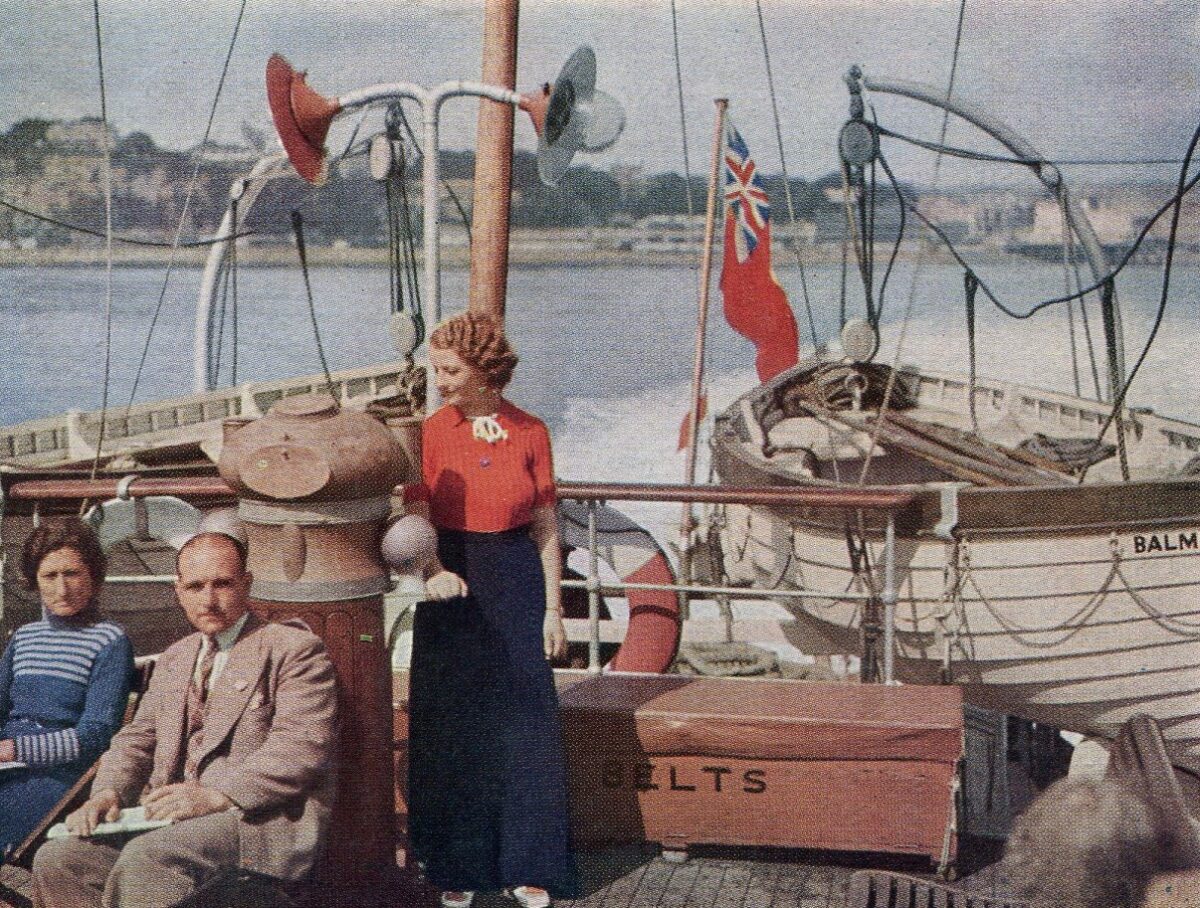
Balmoral was ever hard to fill except in the peak weeks and at times when the sun shone. And her operating costs were much higher than any other paddle steamer in their fleet so she ever had the shortest operating season.
Sometimes she sailed directly from Southampton to Cherbourg calling at Southsea, Sandown and Shanklin on the way. Sometimes she sailed to France via Bournemouth. In both cases departure times were early and sometimes as early away from Southampton as 7am. Returns were late with Balmoral sometimes not back until gone 10pm. Trips eastwards to Brighton, and in later years sometimes to Eastbourne, were generally away by 9am and not back until 10pm.
The voyage across the Channel was very much subject to the weather but sometimes there were borderline days when perhaps she shouldn’t have gone but did resulting in damage to the ship being caused and putting extra stresses and strains on her structure and boiler.
Boilers prefer not to be pushed and to have a fairly constant water level which is just not possible when a ship is tossing about on the hurly burly with the water slurping around inside it and in extreme cases risking temporarily uncovering the furnace crown which is never a good thing. In any case Balmoral seems to have got through her boilers at a good old rate needing renewals just seven years after being built and again in 1920. Compare that with Consul which took her original boiler with her to the scrapyard 72 years later.
All these excursion ships were lightly constructed to keep their weight, and therefore their draft, down so that they could access piers in shallow water. Inevitably this meant that the hulls worked when in a seaway putting stresses and strains on the whole structure of the ship and on its machinery. Because of this, and because the paddle wheels hung off the ends of the paddle shafts, paddle steamers were built with flexible couplings in their crankshafts or paddle shafts. However sometimes even this was not enough. On 3rd September 1929 Balmoral’s main paddle shaft snapped whilst off the Old Harry Rocks on passage between Bournemouth and Swanage.
What Happened to Them in the End?
Majestic foundered in the Mediterranean on war service in July 1916.
Cambria spent most of the rest of her career running on the Bristol Channel and, after service in the Second World War as a minesweeper, caught fire in August 1946 and was subsequently scrapped
Balmoral continued on the same routes until the Second World War after which she was not returned to service and was scrapped in 1949. That’s like scrapping a paddle steamer today built in 1971.
Tiny Point of Detail 1: From 1907 to the end of her peace-time career in 1939 Balmoral had only two masters, Capt A Goldsmith who was in command until his retirement in 1938. After that and up to the end of the 1939 season his place on the bridge was taken by his former mate Capt C J Lintott.
Tiny Point of Detail 2: After sailing with an open bridge for almost her entire career, a small wheelhouse was fitted to Balmoral before the 1939 season. I wonder if Capt Lintott had any influence on that?
Kingswear Castle returned to service in 2023 after the first part of a major rebuild which is designed to set her up for the next 25 years running on the River Dart. The Paddle Steamer Kingswear Castle Trust is now fund raising for the second phase of the rebuild. You can read more about the rebuilds and how you can help if you can here.
John Megoran
This article was first published on 17th July 2020.

